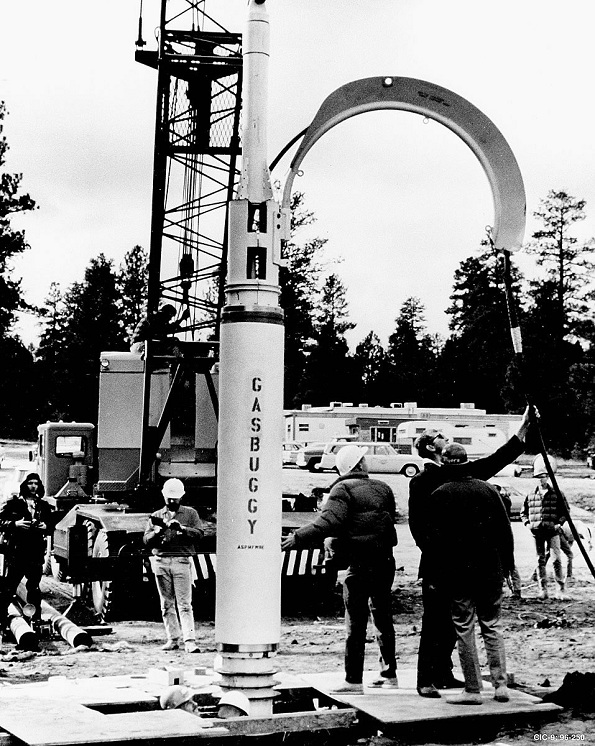
On December 10, 1967, the residents of Farmington, New Mexico, likely felt the earth shake from a nuclear bomb detonated 4,000 feet below ground.
No, it wasn’t an act of war – it was actually an early test at using nuclear power in the production of natural gas. It may sound crazy, but at that point in time, government scientists were investigating any and all extraction methods in an effort to boost output to make natural gas from shale a commercially viable fuel source. In fact, the US Navy began investigating shale’s suitability as military fuel as far back as 1951 – and commercial interest for civilian uses followed during the 1960s.

